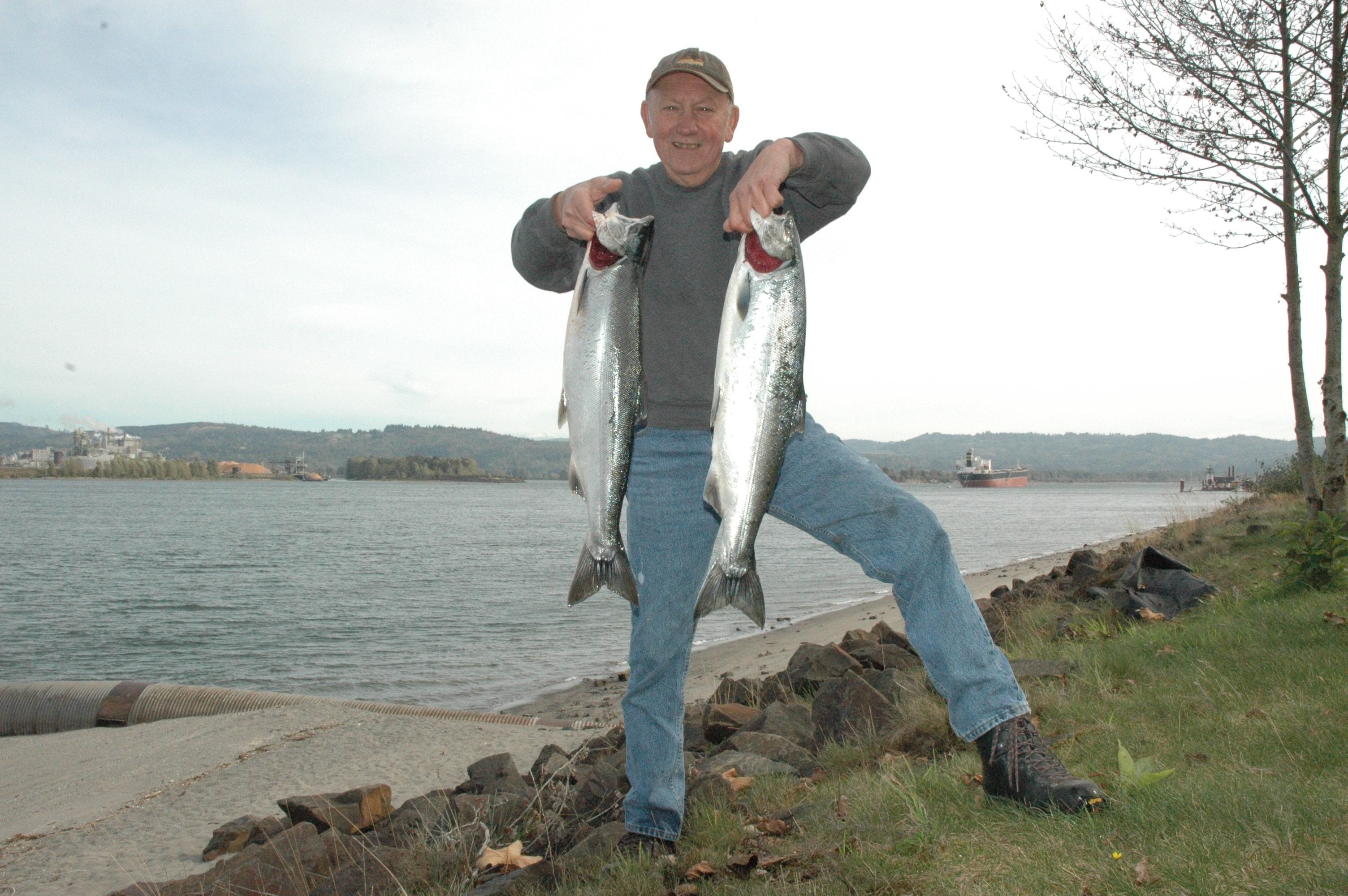Another sub-par return of coho salmon is forecast for the Columbia River in 2016, news that’s discouraging for sportsmen who enjoy the popular Buoy 10 late-summer season in the estuary.
The Washington and Oregon departments of Fish and Wildlife are predicting a return of 380,600 coho to the Columbia River in August through November. That compares to a meager 242,300 in 2015.
Coho in the Columbia River are categorized as either early or late stock. Early coho enter the river in August and early to mid-September, while late coho enter from mid-September, through October and into early November.
Early coho are the bread-and-butter for a good coho season at Buoy 10, but the pantry looks a lean for 2016.
The forecast for early coho is 153,700, almost the same as the 150,500 early coho that returned in 2015.
For a good coho year at Buoy 10, anglers look for a forecast of 500,000 or more early-stock coho.
“Coho are going to be a challenge this year,’’ said Steve Watrous of Vancouver, Washington sport-fishing representative to the Salmon Advisory Subpanel of the Pacific Fishery Management Council.
The council meets in March and April and adopts ocean salmon fishing seasons. Chinook and coho seasons in the Columbia River are linked to the council’s seasons.
The forecast for late-stock coho is 226,900 in 2016, which would be better than the 91,800 late coho in 2015.
Late coho fuel an October commercial fishing season that is important to lower Columbia River communities, plus can provide decent sport-fishing off the mouth of the Cowlitz River.
In 2015, the biologists forecast 777,100 Columbia River coho and just 242,300 returned.
“Coho, historically, have been difficult to predict,’’ Watrous said. “The return can be double — or half — the pre-season prediction. So take that unpredictability and add the effects of ‘the blob.’
The blob is the unscientific term given to a huge mass of warmer-than-normal ocean water in the eastern Pacific Ocean during 2015. Warm water temperatures typically take a toll on salmon returns.
Robert Moxley of Oregon, a member of the bistate Columbia River Recreational Advisor Group, said he will urge the states open the Buoy 10 season with a one-coho bag limit.
Typically, the season opens with a two-salmon limit, but only one chinook.
Mosley suggested the strength of the coho run could be reviewed in late August to see if the bag limit can be liberalized.
Chinook fishing is expected to be very good again at Buoy 10 in 2016, with a large run forecast.
However, chinook fishing is limited by the catch and handle of wild fall chinook headed for lower Columbia River tributaries. The harvest, plus the release mortalities, are known as “impacts.’’
“I don’t want to burn up a lot of chinook impacts by guys who have caught a chinook and are sorting through more chinook trying for an elusive coho,’’ Moxley said.
Once chinook fishing at Buoy 10 switches from any chinook to only fin-clipped hatchery chinook, anglers go home, Moxley said.
“Chinook are the money fish,’’ he said. “If there’s a chinook shutdown, people leave town even if coho are open.’’




